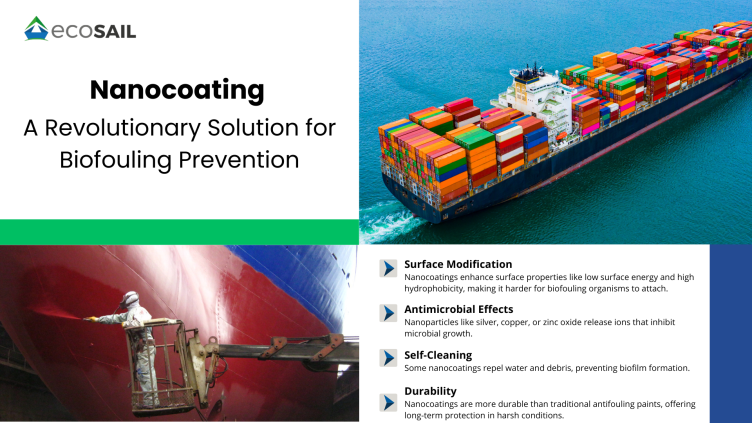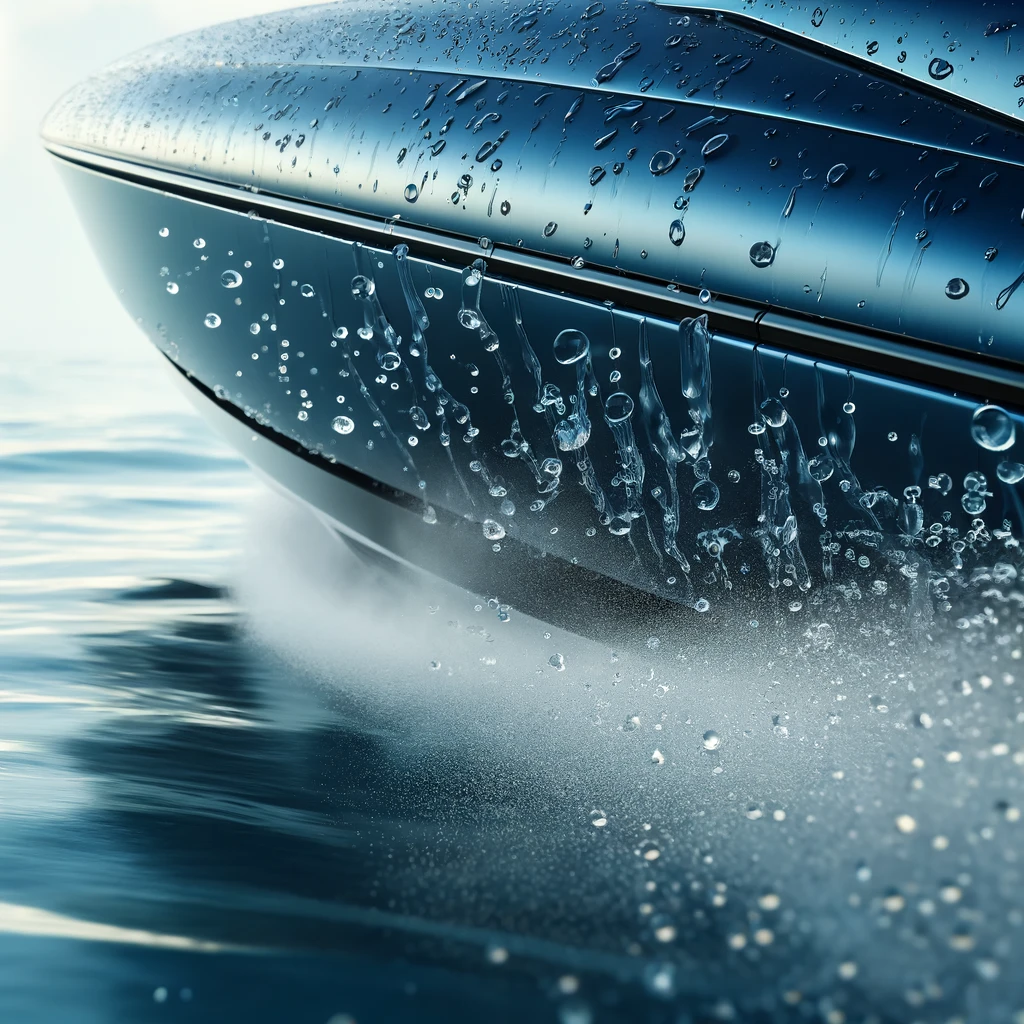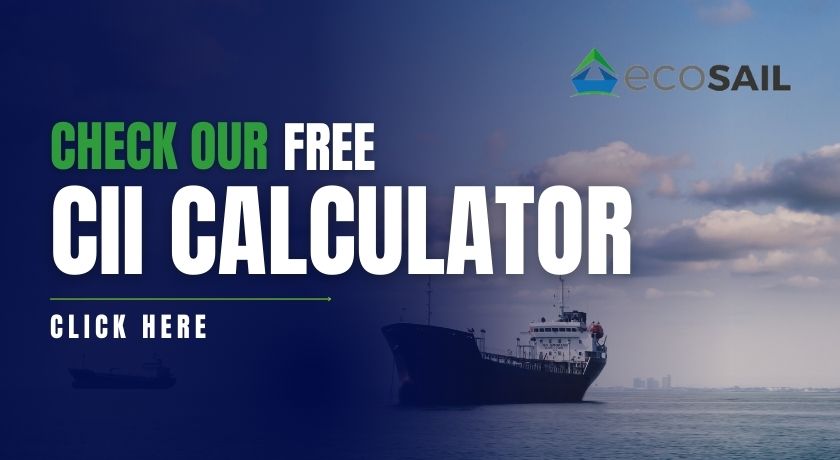Nanocoatings: A Revolutionary Solution for Biofouling Prevention

Nanocoatings: A Revolutionary Solution for Biofouling Prevention
Biofouling—the accumulation of marine organisms such as algae, barnacles, and bacteria on submerged surfaces—poses significant challenges to maritime industries. This phenomenon leads to increased fuel consumption, higher maintenance costs, and environmental concerns due to the spread of invasive species. Traditional antifouling methods, such as toxic copper-based paints, have been effective but raise ecological issues. In response, the industry is shifting towards eco-friendly alternatives, with nanocoatings emerging as a promising solution.
Understanding Nanocoatings
Nanocoatings are ultrathin protective layers engineered at the nanoscale to impart specific surface properties. In marine applications, these coatings aim to prevent biofouling by creating surfaces that resist organism adhesion. Key characteristics include:
- Hydrophobicity: Repelling water to reduce the likelihood of organism attachment.
- Antimicrobial Activity: Incorporating nanoparticles like silver, titanium dioxide (TiO₂), or zinc oxide (ZnO) that release ions disrupting microbial growth.
- Self-Cleaning Properties: Mimicking natural surfaces, such as lotus leaves, to enable water and debris to roll off easily.
Durability: Enhanced resistance to saltwater corrosion and physical abrasion, ensuring long-term performance.
Mechanisms of Action
Nanocoatings prevent biofouling through several mechanisms:
- Surface Modification: Creating low-friction, hydrophobic surfaces that deter the initial adhesion of biofilms.
- Antimicrobial Properties: Releasing ions from embedded nanoparticles that disrupt microbial cell functions.
- Self-Cleaning Abilities: Mimicking natural surfaces, such as lotus leaves, to enable water and debris to roll off easily.
Enhanced Durability: Utilizing robust materials like graphene oxide to withstand environmental stressors.

Recent Advancements (2023–2024)
Recent research has led to significant advancements in nanocoating technologies:
Bioinspired Nanocomposites
A study published in Langmuir introduced a superhydrophobic nanocomposite coating combining polydimethylsiloxane (PDMS) with graphene oxide and magnetite nanospheres. This coating demonstrated a high water contact angle and effectively resisted microbial colonization over a month-long period.
Graphene-Based Coatings
Research in Nanomaterials explored the use of graphene nanoplatelets in PDMS matrices. These coatings significantly reduced biofilm formation by marine bacteria, indicating strong antifouling potential.
Metal Oxide Innovations
Composite coatings incorporating titanium dioxide (TiO₂) and tungsten trioxide (WO₃) have shown enhanced photocatalytic activity, leading to improved antifouling performance under both light and dark conditions.
Benefits of Nanocoatings
- Environmental Friendliness: Reducing reliance on toxic biocides.
- Cost Efficiency: Lowering maintenance and fuel costs by preventing biofouling.
- Improved Performance: Enhancing vessel speed and maneuverability through reduced drag.
- Longevity: Extending the service life of marine equipment by protecting against corrosion and wear.
Challenges and Future Directions
Despite their advantages, nanocoatings face challenges such as scaling up production and navigating regulatory approvals. Future research may focus on integrating nanotechnology with artificial intelligence to develop smart coatings capable of responding to environmental changes and predicting maintenance needs.
Conclusion
Nanocoatings offer a promising, sustainable approach to combating biofouling in marine environments. By combining advanced materials science with ecological considerations, they are poised to redefine standards in maritime maintenance and operations.




